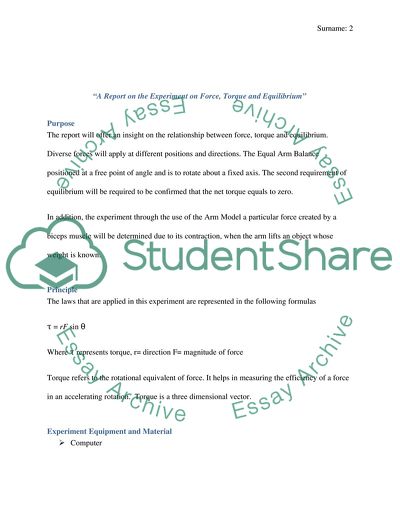Cite this document
(F0RCE, TORQUE, AND EQUILIBRIUM Lab Report Example | Topics and Well Written Essays - 500 words, n.d.)
F0RCE, TORQUE, AND EQUILIBRIUM Lab Report Example | Topics and Well Written Essays - 500 words. Retrieved from https://studentshare.org/physics/1874724-f0rce-torque-and-equilibrium
F0RCE, TORQUE, AND EQUILIBRIUM Lab Report Example | Topics and Well Written Essays - 500 words. Retrieved from https://studentshare.org/physics/1874724-f0rce-torque-and-equilibrium
(F0RCE, TORQUE, AND EQUILIBRIUM Lab Report Example | Topics and Well Written Essays - 500 Words)
F0RCE, TORQUE, AND EQUILIBRIUM Lab Report Example | Topics and Well Written Essays - 500 Words. https://studentshare.org/physics/1874724-f0rce-torque-and-equilibrium.
F0RCE, TORQUE, AND EQUILIBRIUM Lab Report Example | Topics and Well Written Essays - 500 Words. https://studentshare.org/physics/1874724-f0rce-torque-and-equilibrium.
“F0RCE, TORQUE, AND EQUILIBRIUM Lab Report Example | Topics and Well Written Essays - 500 Words”. https://studentshare.org/physics/1874724-f0rce-torque-and-equilibrium.


